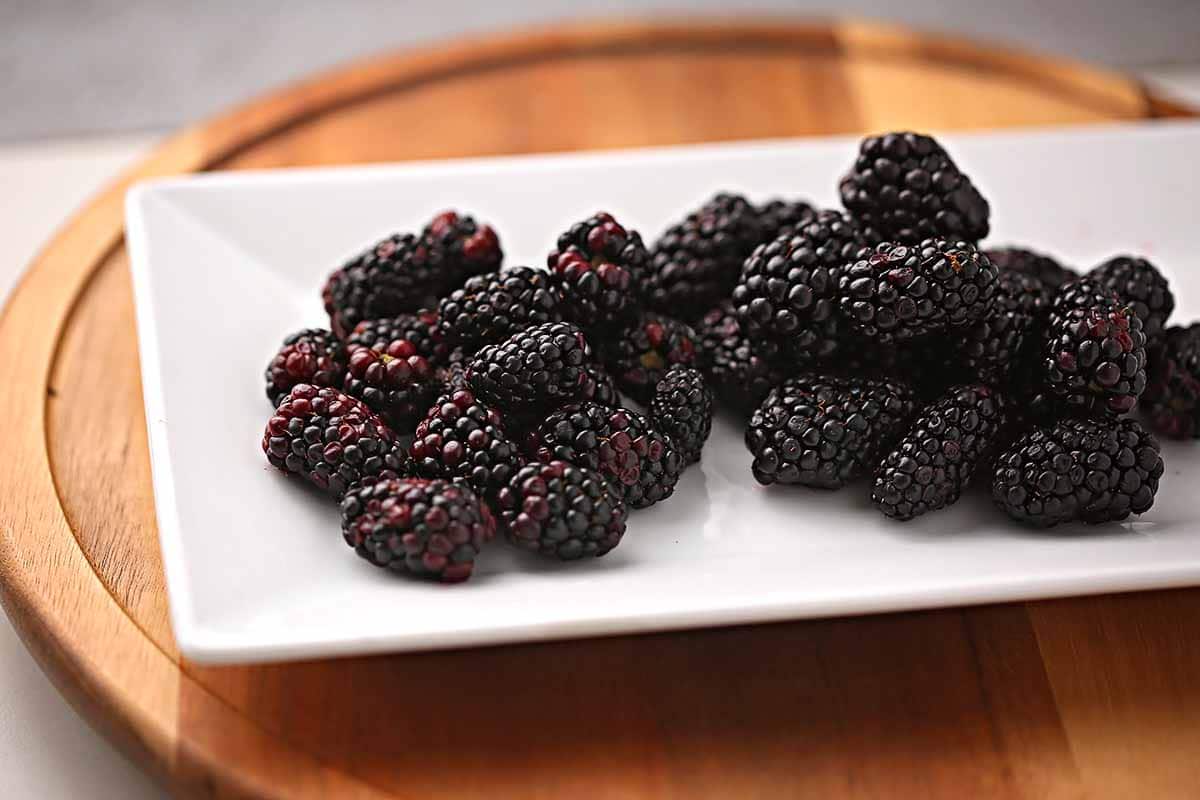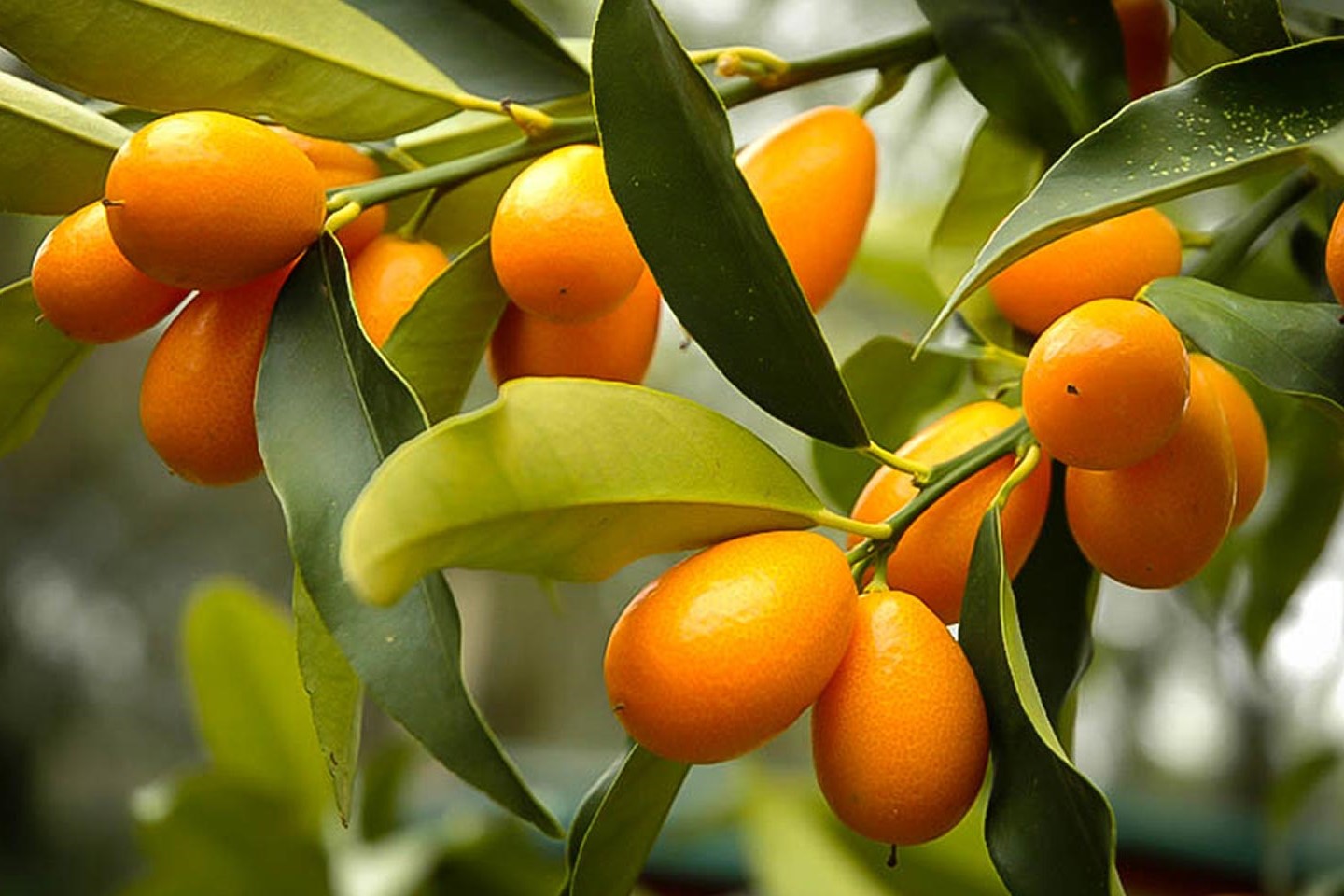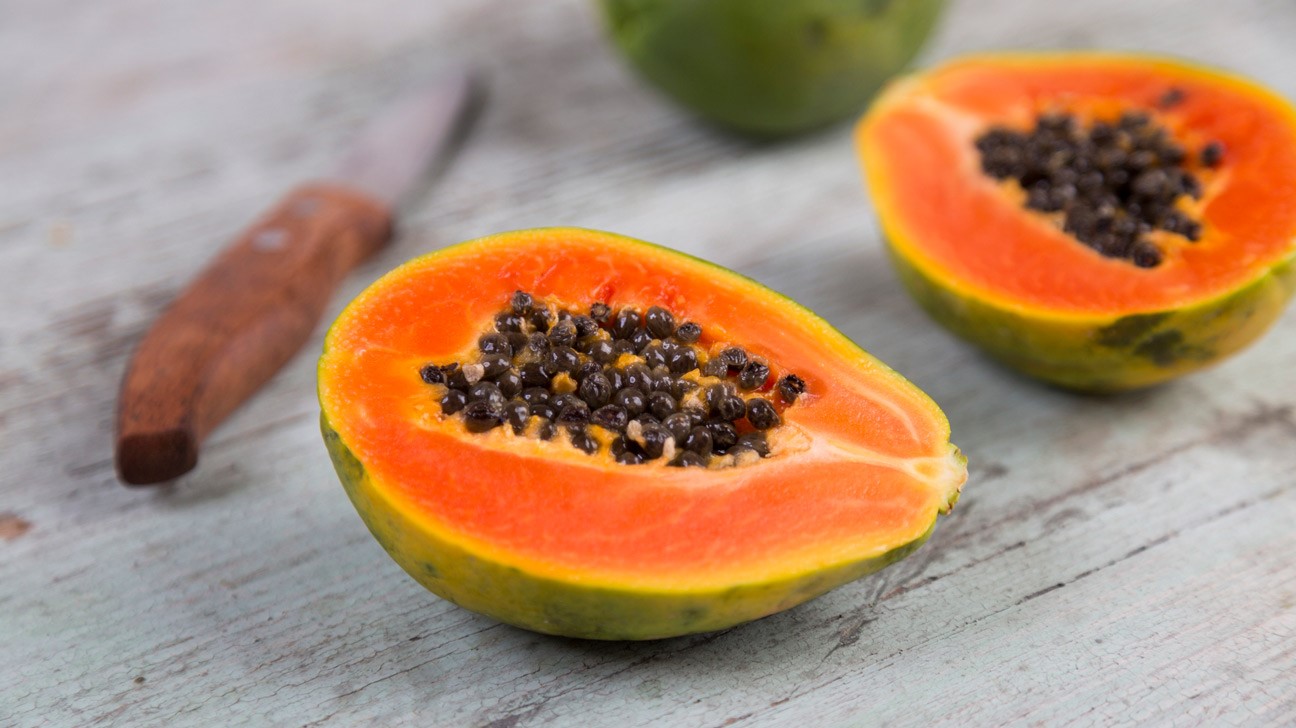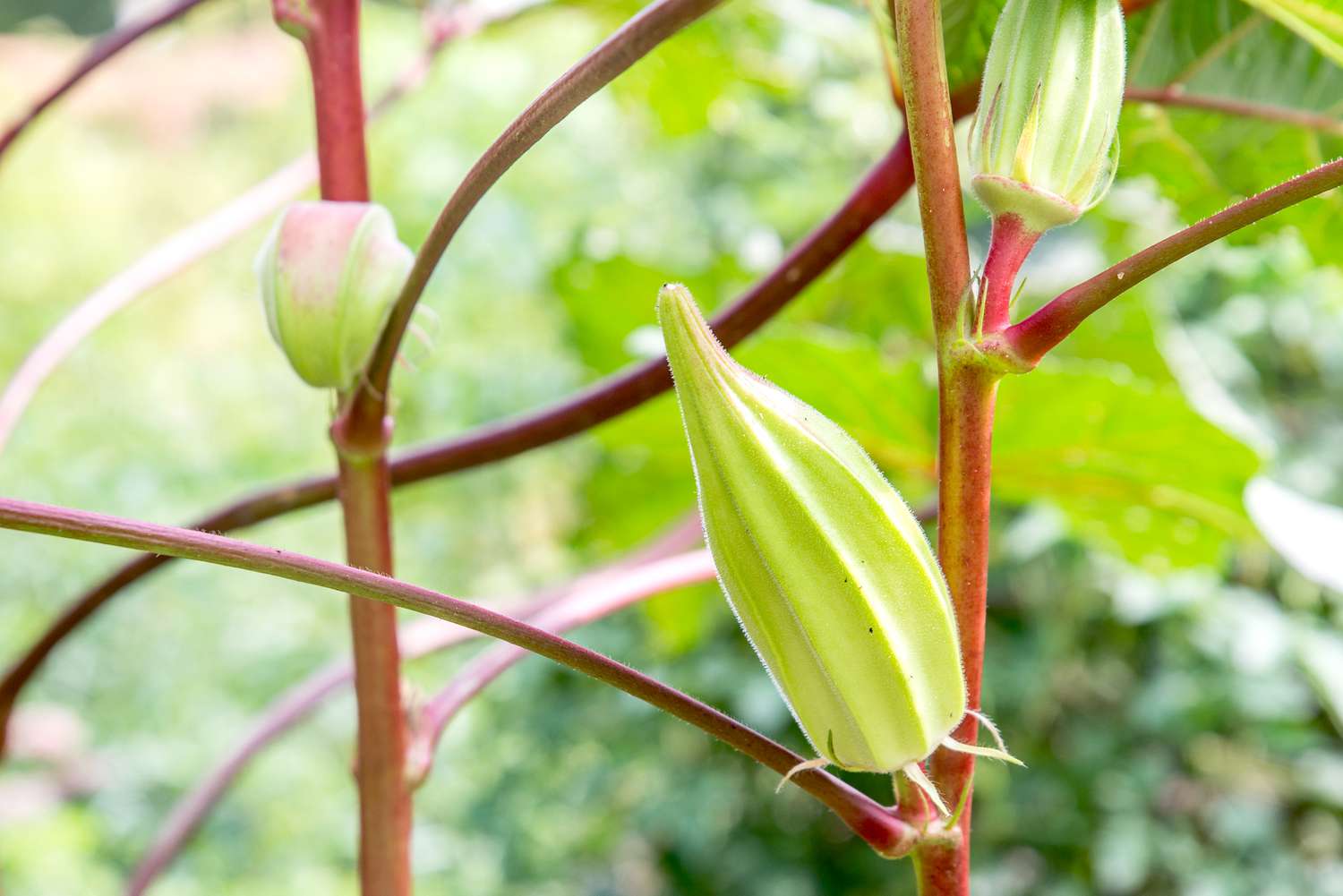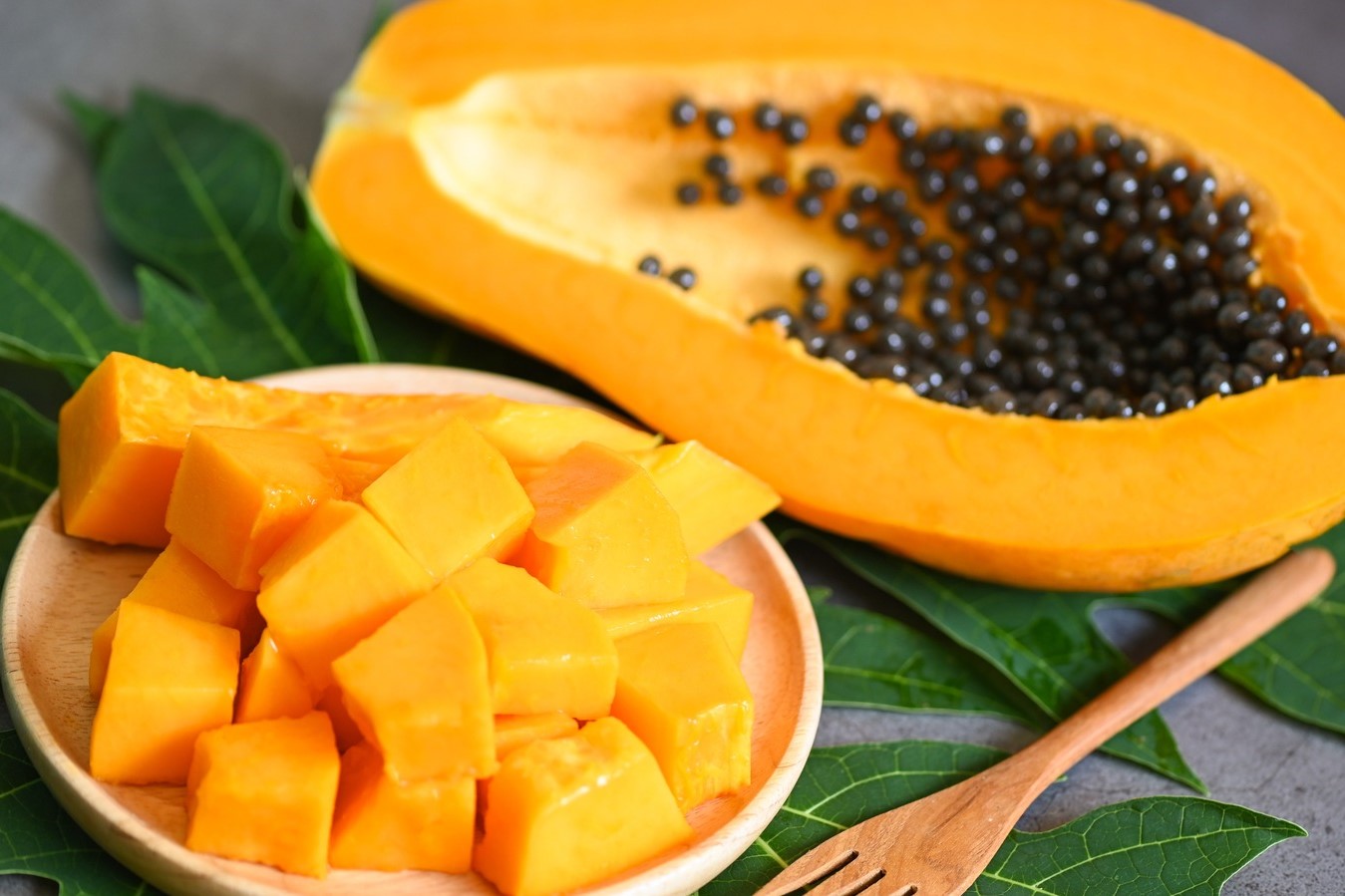Home>Food and Cooking>The Surprising And Delicious Taste Of Okra Revealed!
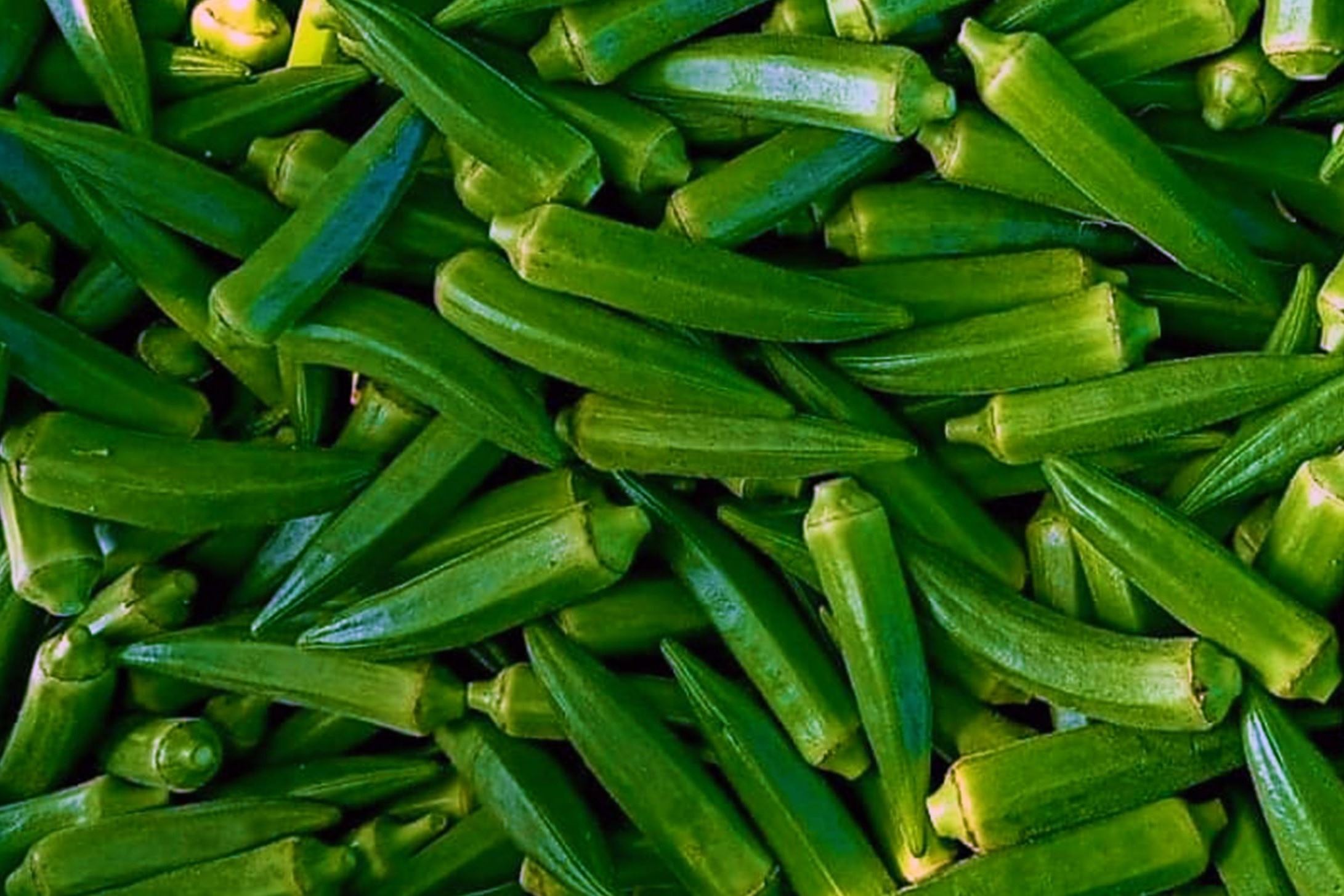

Food and Cooking
The Surprising And Delicious Taste Of Okra Revealed!
Modified: February 28, 2024
Discover the surprising and delicious taste of okra with our expert cooking tips and recipes. Elevate your food and cooking experience with this versatile and flavorful ingredient!
(Many of the links in this article redirect to a specific reviewed product. Your purchase of these products through affiliate links helps to generate commission for Noodls.com, at no extra cost. Learn more)
Table of Contents
Introduction
Okra, also known as "lady's fingers," is a versatile and nutrient-rich vegetable that has been a staple in cuisines around the world for centuries. Its unique taste and slimy texture may polarize opinions, but there's no denying its culinary appeal and health benefits. Whether you're a fan of its distinct flavor or have yet to explore its culinary potential, the fascinating world of okra is worth delving into.
This article will uncover the fascinating and delicious taste of okra, exploring its nutritional benefits, culinary uses, selection and storage tips, as well as providing cooking tips and mouthwatering recipes. Whether you're a seasoned cook or a curious food enthusiast, this exploration of okra is sure to pique your interest and inspire you to incorporate this underrated vegetable into your culinary repertoire.
What is Okra?
Okra, scientifically known as Abelmoschus esculentus, is a flowering plant that belongs to the mallow family. It is cultivated for its edible green pods, which are harvested before they ripen. The pods are characterized by a unique mucilaginous or slimy texture when cooked, which is either loved or loathed by those who consume it.
Native to Ethiopia and brought to the Americas by the transatlantic slave trade, okra has become an integral part of various cuisines, particularly in the Southern United States, the Caribbean, West Africa, and South Asia. The plant thrives in warm climates and is often found in tropical and subtropical regions.
The okra plant itself is quite striking, with large, showy flowers that range in color from creamy white to yellow with deep red or purple centers. The pods, which are the main edible part of the plant, are elongated and taper to a point, resembling slender fingers or pods. When left to mature, the pods contain small, round, white seeds that can be saved for planting the following season.
In addition to its culinary uses, okra has also been utilized for its medicinal properties. It is a good source of essential nutrients, including vitamins A and C, as well as minerals such as potassium and calcium. Moreover, okra contains high levels of antioxidants and dietary fiber, making it a valuable addition to a balanced diet.
Overall, okra is a fascinating vegetable with a rich history and diverse cultural significance. Its distinctive taste and texture make it a standout ingredient in many traditional dishes, and its nutritional benefits further enhance its appeal. Whether you love it or have yet to acquire a taste for it, okra undoubtedly holds a unique place in the world of gastronomy.
Nutritional Benefits of Okra
Okra is not only celebrated for its culinary versatility but also for its impressive array of nutritional benefits. This vibrant green vegetable is a powerhouse of essential nutrients that contribute to overall health and well-being. Here's a closer look at the nutritional profile of okra:
-
Vitamins and Minerals: Okra is a rich source of various vitamins and minerals, including vitamin A, vitamin C, and vitamin K. These vitamins play crucial roles in supporting immune function, promoting healthy vision, and aiding in blood clotting. Additionally, okra contains essential minerals such as potassium, magnesium, and calcium, which are vital for maintaining electrolyte balance, supporting bone health, and regulating blood pressure.
-
Antioxidants: Okra is packed with antioxidants, including flavonoids, polyphenols, and other phytonutrients. These powerful compounds help combat oxidative stress and reduce the risk of chronic diseases. By neutralizing harmful free radicals in the body, antioxidants contribute to overall health and may offer protective effects against conditions such as heart disease, cancer, and inflammation.
-
Dietary Fiber: One of the standout nutritional benefits of okra is its high fiber content. Dietary fiber is essential for digestive health, as it promotes regular bowel movements, prevents constipation, and supports a healthy gut microbiome. Additionally, fiber helps regulate blood sugar levels, aids in weight management, and contributes to a feeling of fullness and satiety after meals.
-
Low in Calories: Okra is a low-calorie vegetable, making it an excellent choice for individuals looking to manage their weight or reduce calorie intake. Its low energy density, combined with its high fiber content, makes it a satisfying and nutritious addition to meals without contributing excessive calories.
Incorporating okra into your diet can provide a significant nutritional boost, offering a range of vitamins, minerals, antioxidants, and dietary fiber. Whether enjoyed in soups, stews, stir-fries, or as a standalone side dish, okra's nutritional benefits make it a valuable addition to a balanced and health-conscious diet.
Culinary Uses of Okra
Okra's culinary versatility knows no bounds, as it lends itself to a wide array of cooking methods and flavor profiles. Its distinctive taste and unique texture make it a sought-after ingredient in various cuisines around the world. From hearty stews and savory curries to crispy fried delicacies, okra shines in a multitude of culinary applications.
One of the most popular ways to prepare okra is in stews and soups. The mucilaginous nature of the vegetable acts as a natural thickening agent, adding body and richness to dishes such as gumbo, a classic Creole and Cajun stew. The combination of okra, tomatoes, and aromatic spices creates a flavorful base that complements meats, seafood, and other vegetables, resulting in a comforting and satisfying meal.
In South Asian and Middle Eastern cuisines, okra takes center stage in vibrant and aromatic curries. The pods absorb the fragrant spices and savory sauces, delivering a burst of flavor in every bite. Whether paired with tender lamb, succulent chicken, or hearty chickpeas, okra adds a delightful textural element and a subtle sweetness to these delectable dishes.
For those who appreciate a crispy and indulgent treat, okra can be transformed into a delightful snack or side dish through the art of frying. When coated in a seasoned cornmeal or flour mixture and fried to golden perfection, okra becomes irresistibly crunchy on the outside while maintaining its tender interior. Whether served as a standalone appetizer or as a complement to a main course, fried okra is a beloved delicacy in Southern and soul food traditions.
In addition to these traditional preparations, okra lends itself to various cooking methods, including grilling, roasting, and pickling. Grilled okra takes on a smoky char and a subtle sweetness, making it a delightful addition to summer barbecues and cookouts. When roasted, okra develops a caramelized exterior and a satisfyingly tender texture, offering a simple yet flavorful side dish. Furthermore, pickled okra provides a tangy and crunchy accompaniment to sandwiches, salads, and charcuterie boards, adding a burst of acidity and a pop of color to any spread.
Whether incorporated into time-honored recipes or used as a creative ingredient in innovative culinary creations, okra's culinary uses are as diverse as they are delicious. Its ability to impart depth of flavor, textural intrigue, and nutritional value makes it a beloved and essential component in the world of gastronomy.
How to Select and Store Okra
Selecting and storing okra is essential to ensure that you bring home the freshest and highest quality pods, preserving their flavor and texture for optimal culinary enjoyment. Whether you're browsing through a bustling farmers' market or perusing the produce section of your local grocery store, here's a comprehensive guide to selecting and storing okra:
Selecting Okra:
-
Look for Freshness: When choosing okra, seek out pods that are vibrant green in color, firm to the touch, and free from blemishes or dark spots. Fresh okra should feel crisp and snap easily when gently bent, indicating its tenderness and ripeness.
-
Optimal Size: While okra pods come in various sizes, smaller pods are generally preferred for tenderness and flavor. Select pods that are about 2 to 3 inches in length, as larger pods can become tough and fibrous.
-
Avoiding Overripeness: Be mindful of overripe okra, which may appear discolored or have a woody texture. Overmature pods can be tough and less desirable for culinary purposes, so opt for pods that are still young and tender.
Storing Okra:
-
Refrigeration: To maintain the freshness of okra, store the pods in a perforated plastic bag or a container lined with a paper towel to absorb excess moisture. Place the bag or container in the crisper drawer of the refrigerator, where the okra can stay fresh for up to 3 to 4 days.
-
Avoiding Moisture: It's crucial to prevent excess moisture from accumulating on the okra, as this can lead to spoilage. Ensure that the pods are dry before refrigerating them, and refrain from washing them until you are ready to use them in your culinary endeavors.
-
Proper Air Circulation: Allow for adequate air circulation around the okra to prevent it from becoming damp and developing mold. Avoid sealing the pods in airtight containers, as this can hasten spoilage.
By following these guidelines for selecting and storing okra, you can ensure that you bring home the finest quality pods and preserve their freshness until you're ready to showcase their delectable flavors in your favorite recipes. Whether you're preparing a comforting stew, a zesty curry, or a crispy and satisfying snack, fresh okra is the key to unlocking its surprising and delicious taste.
Cooking Tips and Recipes with Okra
When it comes to cooking with okra, there are several tips and techniques that can elevate your culinary creations and showcase the unique flavors and textures of this versatile vegetable. Whether you're a seasoned cook or a novice in the kitchen, incorporating okra into your meals can bring a delightful twist to your dining experience. Here are some cooking tips and mouthwatering recipes to inspire your culinary journey with okra:
Cooking Tips:
-
Preparation Techniques: Before cooking okra, it's essential to wash the pods thoroughly and pat them dry to remove any dirt or residue. Trim the stem ends without cutting into the seed cavity, as this can minimize the release of mucilage during cooking.
-
Enhancing Flavor: Okra pairs well with a wide range of herbs and spices, including cumin, coriander, paprika, and turmeric. Experiment with different seasoning blends to enhance the natural taste of okra and complement other ingredients in your dishes.
-
Managing Texture: To minimize the sliminess often associated with okra, consider techniques such as quick stir-frying, high-heat roasting, or grilling. These methods can help retain the vegetable's crispness and reduce the mucilaginous texture.
-
Pairing Ingredients: Okra harmonizes beautifully with tomatoes, onions, garlic, and bell peppers, adding depth and complexity to soups, stews, and curries. Consider incorporating these complementary ingredients to create well-balanced and flavorful dishes.
Mouthwatering Recipes:
1. Okra and Tomato Stew:
- In a large pot, sauté diced onions and garlic until fragrant. Add chopped okra, diced tomatoes, and vegetable broth. Season with cumin, paprika, and a pinch of cayenne for a hint of heat. Simmer until the okra is tender, and serve over steamed rice for a comforting and satisfying meal.
2. Spiced Okra Fries:
- Preheat the oven to 425°F (220°C). Toss okra spears with olive oil, smoked paprika, and a touch of sea salt. Arrange the seasoned okra on a baking sheet and roast until golden and crispy. These flavorful fries make a delightful appetizer or side dish for any occasion.
3. Creole Okra Gumbo:
- In a Dutch oven, combine sliced okra, diced bell peppers, and celery. Add in a rich roux, vegetable broth, and a medley of aromatic spices, including thyme, bay leaves, and a dash of hot sauce. Let the flavors meld together as the gumbo simmers, and serve over a bed of fluffy rice for a taste of the Louisiana bayou.
By incorporating these cooking tips and recipes into your culinary repertoire, you can unlock the full potential of okra and savor its surprising and delicious taste in a variety of delightful dishes. Whether you're drawn to the comforting warmth of a stew, the crispy allure of spiced fries, or the aromatic complexity of a gumbo, okra offers a world of culinary possibilities waiting to be explored.
Conclusion
In conclusion, the often overlooked and underappreciated okra has proven to be a remarkable vegetable with a captivating taste and a wealth of culinary potential. From its humble origins in Ethiopia to its widespread presence in diverse global cuisines, okra has left an indelible mark on the world of gastronomy. Its unique flavor, versatile nature, and impressive nutritional profile make it a standout ingredient that deserves a place of honor in kitchens everywhere.
Throughout this exploration, we've uncovered the fascinating journey of okra, from its botanical characteristics to its rich cultural significance. We've delved into its nutritional benefits, discovering how it contributes essential vitamins, minerals, antioxidants, and dietary fiber to a well-rounded diet. Furthermore, we've celebrated the diverse culinary uses of okra, from its role in hearty stews and aromatic curries to its transformation into crispy fried delicacies and tangy pickled delights.
By understanding how to select and store okra, individuals can ensure that they bring home the freshest pods, preserving their quality for culinary endeavors. Additionally, the cooking tips and mouthwatering recipes provided offer a gateway to unlocking the full potential of okra, inspiring individuals to infuse their meals with the surprising and delicious taste of this versatile vegetable.
Whether enjoyed in traditional dishes that have stood the test of time or incorporated into innovative culinary creations, okra has proven to be a culinary chameleon, adapting to a wide range of flavors and cooking methods. Its ability to add depth, texture, and nutritional value to meals makes it an invaluable asset in the kitchen.
As we conclude this exploration of okra, it's evident that this vibrant green vegetable has earned its place as a beloved and essential ingredient in the world of food and cooking. Whether you're a seasoned cook or an adventurous food enthusiast, I encourage you to embrace the delightful and unexpected flavors of okra, allowing it to enrich your culinary experiences and inspire your creativity in the kitchen. Let the surprising and delicious taste of okra take center stage in your culinary repertoire, and savor the joy of exploring its culinary wonders.

